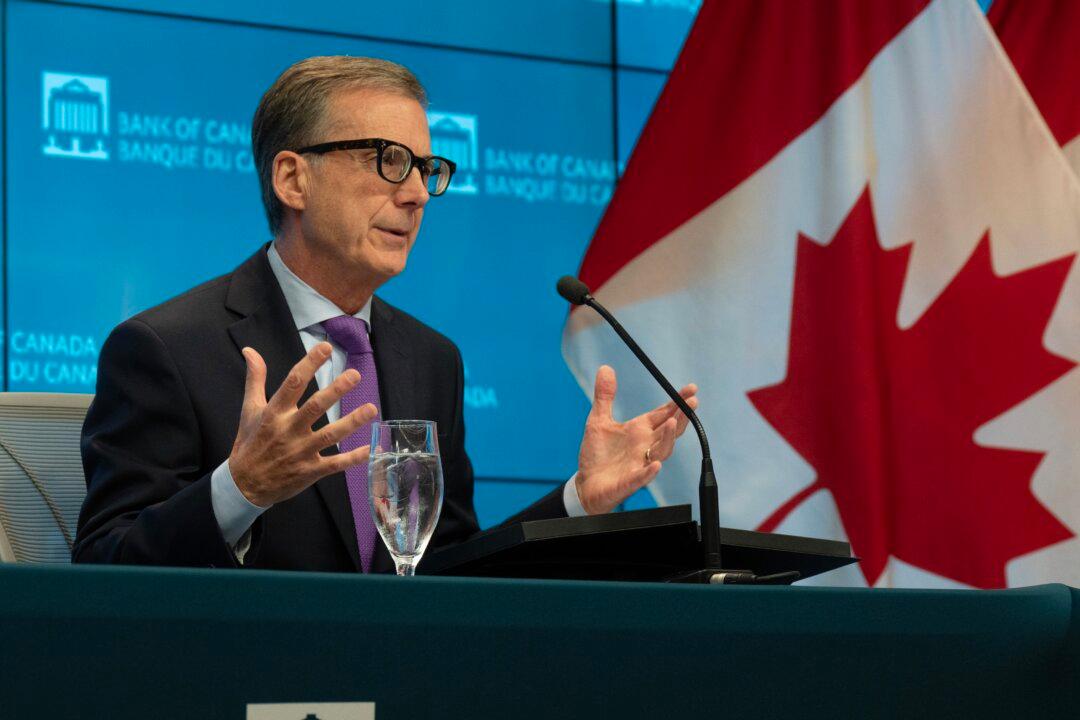OTTAWA—The Bank of Canada in its Dec. 6 rate announcement painted a picture of a worsening economy but not one that needs a cut in interest rates quite yet. The central bank pointed to a few ongoing areas of strength and concern, saying it “remains prepared to raise the policy rate further if needed.”
But economists don’t see a need for further rate hikes as recessionary conditions build. A key measure of worry cited is gross domestic product (GDP) on a per capita basis, which Oxford Economics (OE) noted has been in a recession since late 2022.





